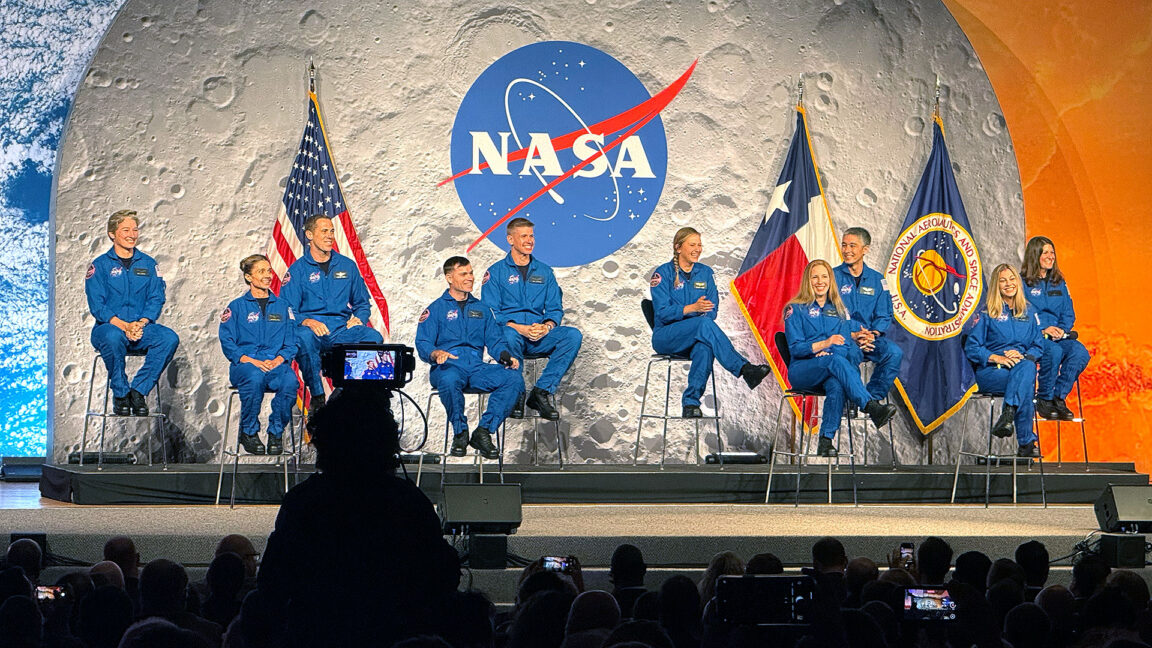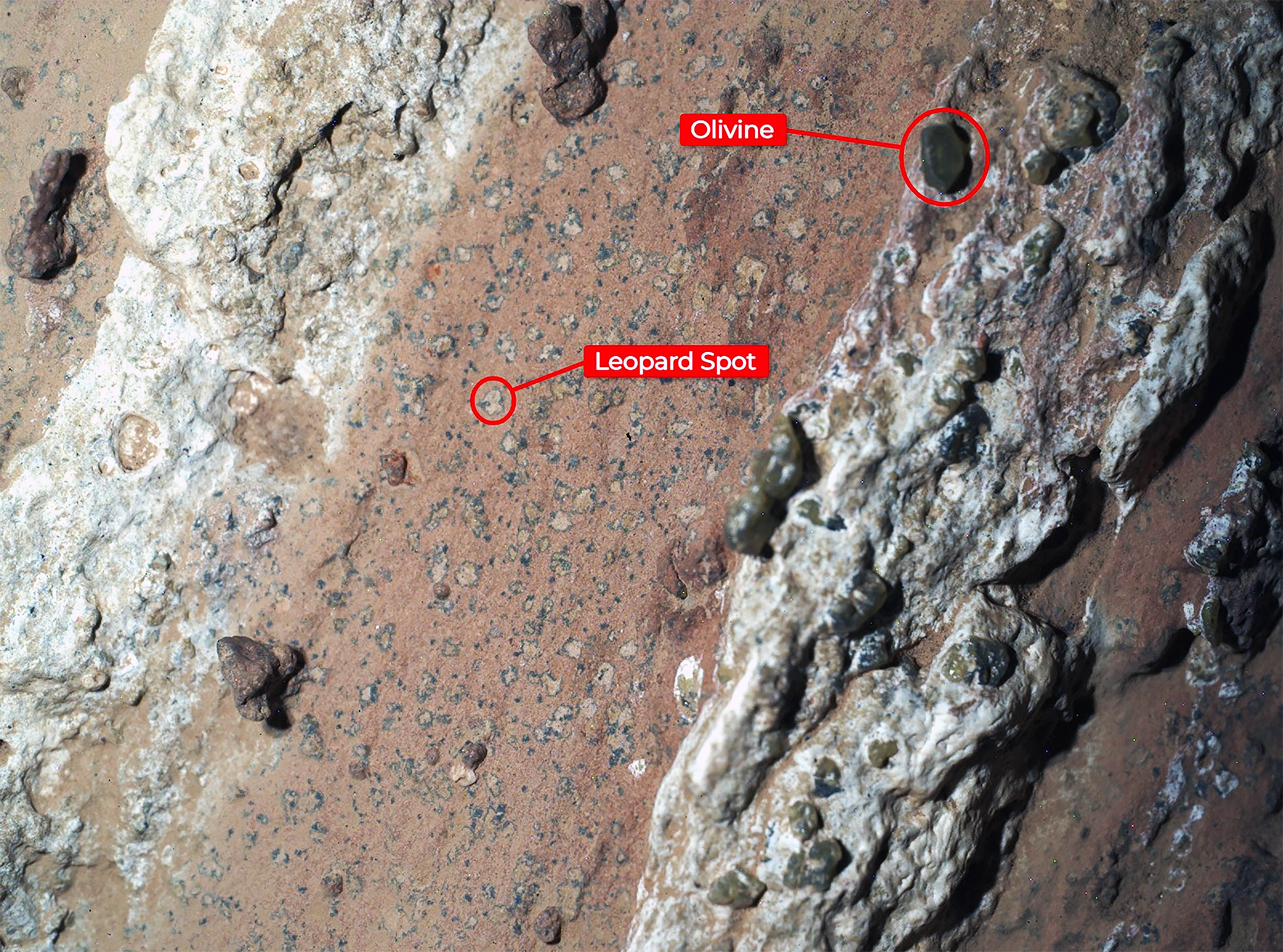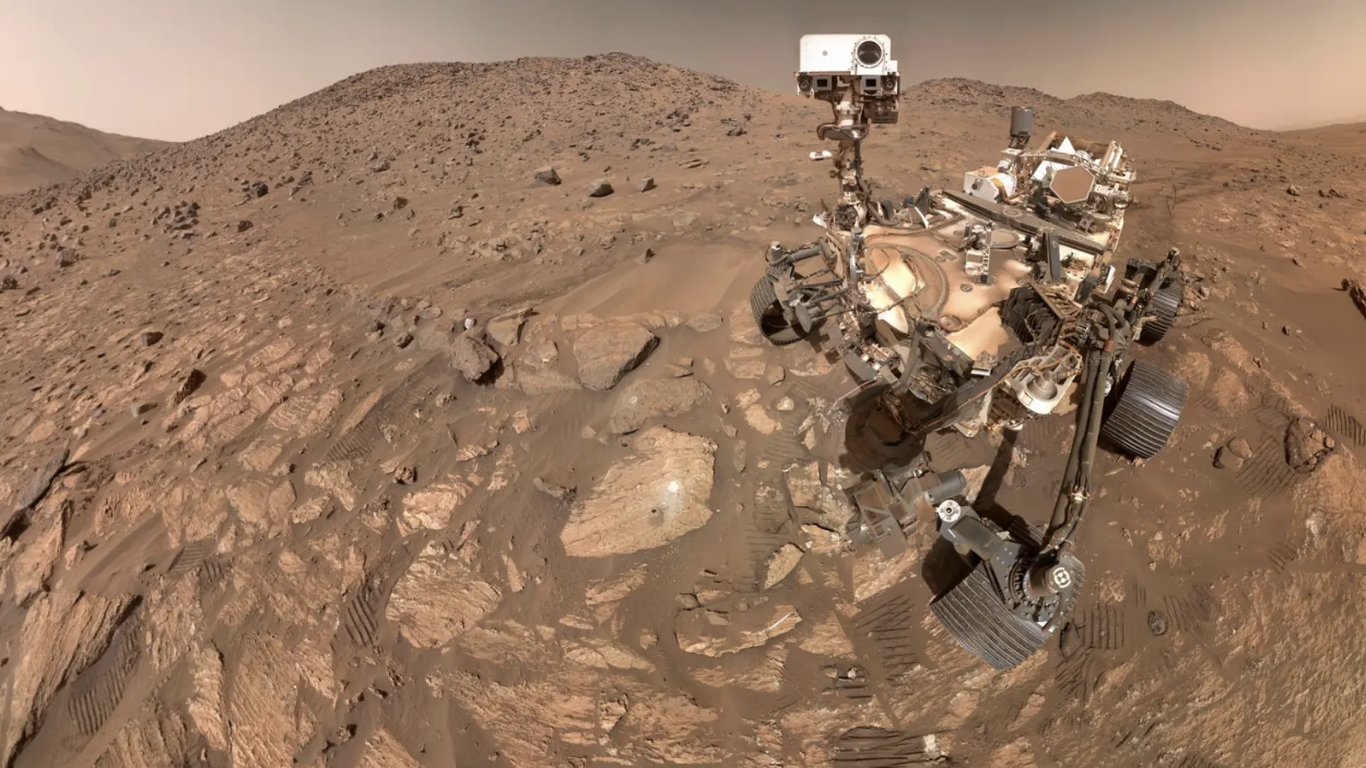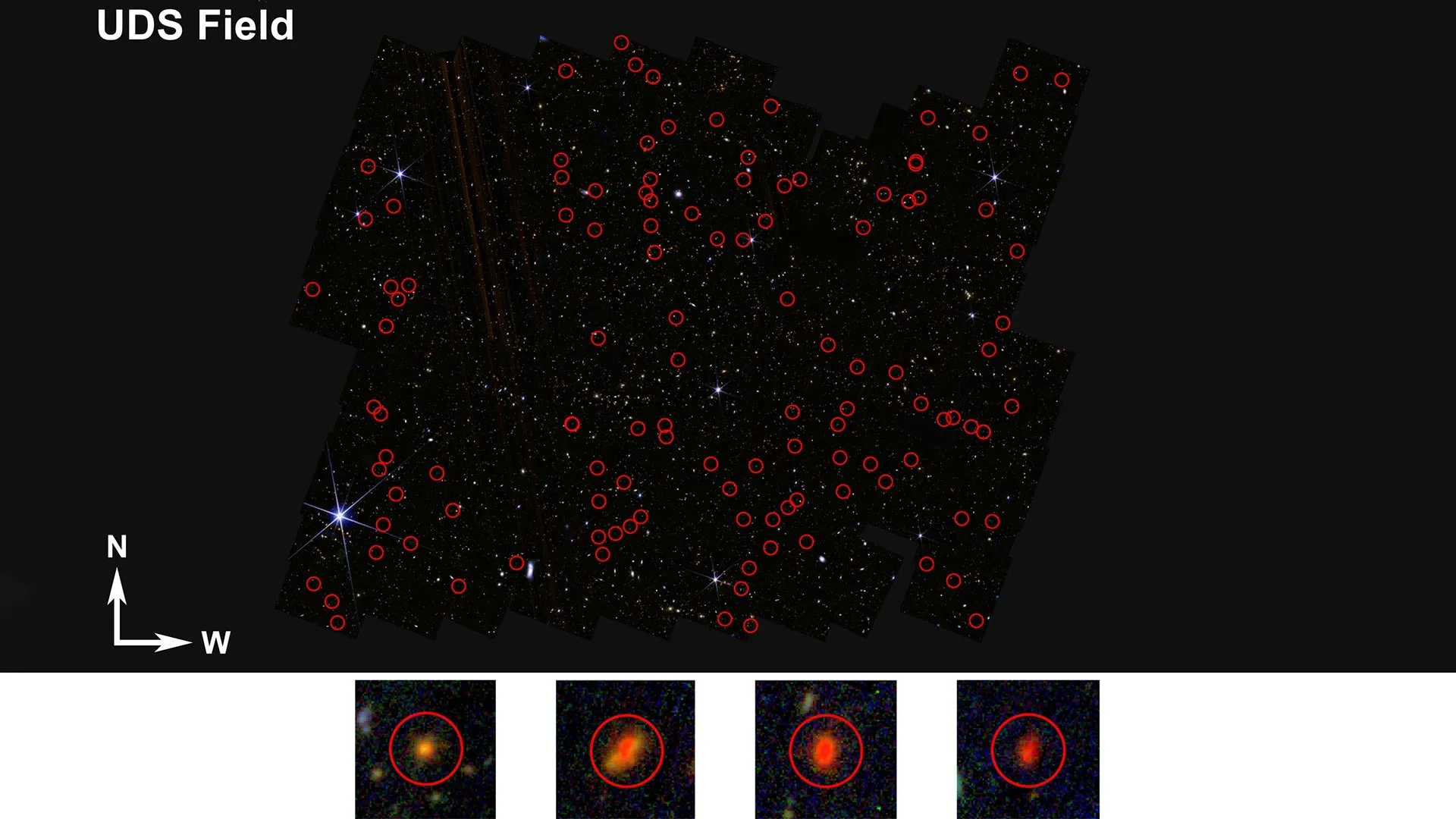New Satellite Provides Detailed Radar Images of Earth
Introduction
NASA has released the first radar images from a new Earth-mapping satellite, providing a stunning view of the Maine coast and North Dakota farmland. This marks a major milestone for the joint U.S.-Indian mission, which launched just two months ago from India.
Key Details
The radar images, taken by the Synthetic Aperture Radar (SAR) on board the spacecraft, offer a level of detail unlike any other satellite imagery. The Maine coast is shown in intricate detail, with the jagged coastline and numerous islands clearly visible. In North Dakota, the farmland is depicted in a striking pattern of squares and rectangles, showcasing the precision of the satellite's technology.
In addition to the stunning imagery, the new satellite is equipped with advanced technology that allows it to capture images in all weather conditions, making it a valuable tool for disaster response and environmental monitoring.
Impact
This new satellite is a game changer for Earth-mapping, providing high-resolution radar images that can be used for a wide range of applications. It will aid in tracking changes in land use, monitoring natural disasters, and assisting in crop management. The joint U.S.-Indian mission is a testament to the power of international collaboration in advancing technology and understanding our planet.
About the Organizations Mentioned
NASA
The National Aeronautics and Space Administration (NASA) is the United States’ premier civil space agency, responsible for the nation’s civilian space program, aeronautics research, and aerospace technology development[1][2]. Headquartered in Washington, D.C., NASA operates ten major field centers across the country and employs nearly 18,000 civil servants, supported by an extensive network of contractors, academic institutions, and international partners[1][2]. Since its establishment in 1958, NASA has revolutionized humanity’s understanding of the cosmos, pioneered technological advancements, and shaped global space policy. ## History and Key Achievements NASA was created in response to the Soviet Union’s 1957 launch of Sputnik, with the goal of ensuring U.S. leadership in space exploration. It succeeded the National Advisory Committee for Aeronautics (NACA) and quickly became the driving force behind iconic programs such as Project Mercury (America’s first human spaceflight program), Project Gemini (which developed techniques for space rendezvous and extravehicular activity), and the Apollo program, which landed astronauts on the Moon between 1969 and 1972[1]. The agency also developed the Space Shuttle, the world’s first reusable spacecraft, and built the International Space Station (ISS), a symbol of international collaboration and scientific research[1][5]. NASA’s robotic exploration has been equally transformative, with over 1,000 uncrewed missions investigating Earth, the Moon, Mars, and beyond. The agency’s fleet of observatories—including the Hubble Space Telescope and the James Webb Space Telescope—has provided unprecedented views of the universe, from the birth of stars to the detection of exoplanets[1]. The Perseverance rover is currently searching for signs of ancient life on Mars, while New Horizons explored Pluto and the outer solar system[1]. ## Current Status and Notable Aspects Today, NASA is advancing the Artemis program, aiming to return human









